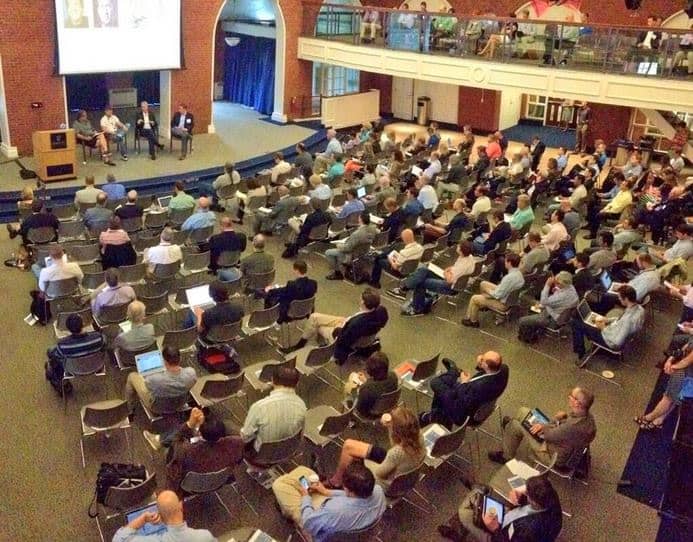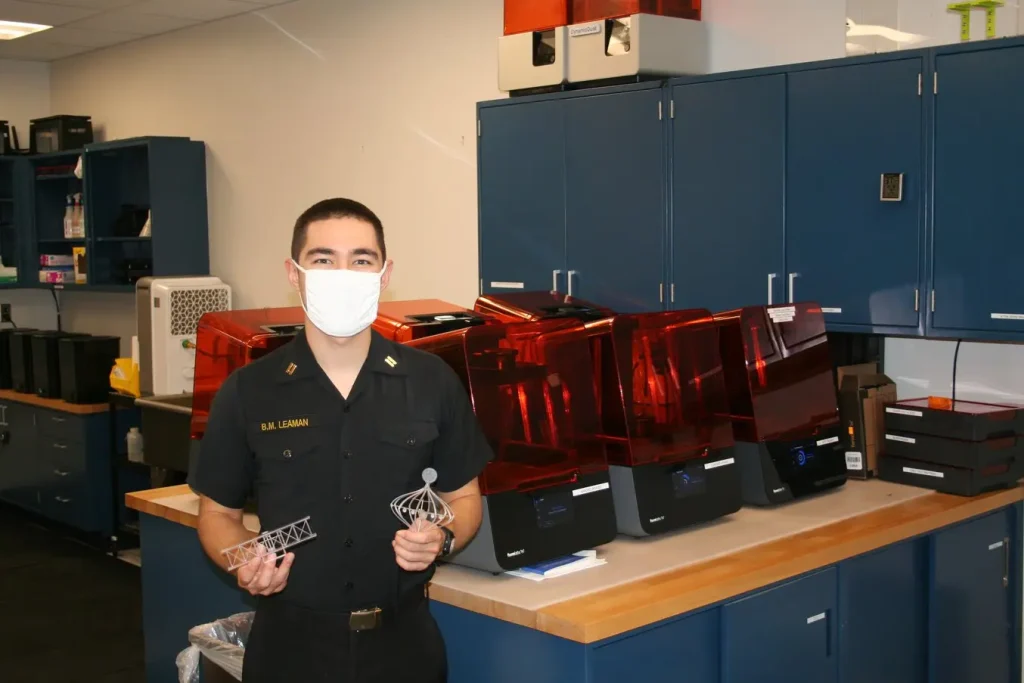June 18, a crowd gathered at Bentley University for MassTLC’s first Internet of Things Conference,
“The Value of Things.” The day-long event featured many examples and ideas
around the Internet of Things (IoT), a summary of some of which follows:
Grubb, VP of Emerging Technologies at Cisco
Systems opened with his keynote, built around Cisco’s idea of the Internet
of Everything. Grubb pointed out that we are now at a similar point to where we
were in 1993, staring down the barrel of a new, market-changing technology
called the World Wide Web. From computers to phones to tablets and other
devices, we are now just beginning to check off the other 99% of objects –
shoes, engines, streetlamps, waste barrels – that are, little by little, being
connected to the Internet, increasing 12 billion connected objects today to an
estimated 50 billion in 2020. The
potential market opportunity? $19 trillion by 2022 (via http://internetofeverything.cisco.com/explore/full#/country/usa).
also stressed that the data companies glean from the IoT means a competitive
advantage, as predicting consumer behavior and finding new efficiencies means
untold revenue and cost savings opportunities. His final admonition? “Do it
soon.” If companies wait to long to embrace IoT, it is an opportunity cost for
them. He left the stage with an example of a model ”smart city:” Barcelona.
to view presentation
Beth Hall, Director of Connected Solution at Verizon,
provided a number of use case examples of IoT within the connected world such
as: security, transportation, energy, retail, and m-health, and the connected
city.
to view presentation
a panel moderated by Woody
Benson of Prism VentureWorks talked about the “Value” derived from IoT. Michael Campbell of MachineShop
stressed that we need standards in order to simplify the ability to build on
these new platforms. Leo Koenig of Woo Sports spoke about
the need to layer automated services on top of data collection to derive
meaningful actions: for commerce, or even in the case of extreme sports, the
ability to compile competitive data for athletes. The panel was rounded out by
Brian Elolampi at MC10 talking about how
they have spent a great deal of time honing in on the best technology and how
they have chosen to target and succeed in niche markets and then to expand out.
second keynote came from Sanjay
Sarma, Director of Digital Learning at MIT and founder of the university’s
Auto-ID Center. Aside from realting the story of how “Internet of Things” was
coined by the Auto-ID Center’s Kevin Ashton, Sarma wondered aloud about the
aptness of the term. He spoke of IoT really being about “cloud things.” In a
proper hub-and-spoke model, he continued, things talk not to each other in a
distributed manner, but to a central server (or series of them) – in the
cloud. One thing holding back IoT in
these early times, said Sarma, is that lack of a dominant architecture, that
IoT is too distributed as it exists now.
Chad Jones of Xively and
Christopher Rezendes of INEX advisors
discussed what has worked when engaging business prospects in discussions of
IoT. The main thread of the conversation was that discussing the technology
itself only gets you so far, while placing the benefits of IoT in a business
context – and discussing specific ROI over softer terms like “business
transformation” – is more effective in convincing business leaders. Another
concept that came up was the idea that “Big data ain’t a big deal yet,” while
there is lots of “little data” in IoT that contains the real value (Woody
Benson had said something similar in the earlier panel on Value).
In the panel “Analyzing
Data to Get Actionable Intelligence,” moderated by Wikibon’s
Jeff Kelly, the panelists got down to what to do with all the data that will be
collected in the IoT. Poul Peterson of BigML pointed out that IoT
is providing more helpful data, data that can overcome the errors that occur
from relying on intuition alone. As his example, Peterson said that intuition
tells us that more people would buy sunglasses in Los Angeles than Seattle
because it’s a sunny area; however, data tells us that more pairs are sold in
Seattle, because people wear them less in that rainy city and lose – and
replace – them more often. The panel also explored privacy and security
implications; Nicholas
Arcolano of Runkeeper described the need for a process to strip
user-identifiable information so that hackers cannot “reverse engineer” to
usurp privacy. Javed
Jahangir of Oracle spoke specifically of the medical industry, where
Internet-connected objects need to rigorously adhere to compliance regulations
before being put into use.
to view presentation
lively panel explored the role of software in the Internet of Things. AS
moderator Jeff Kaplan of
THINKstrategies put it, “We wouldn’t be talking about any of this stuff if it
weren’t for software.” The panelists then gave several examples of how the IoT
can save through creating efficiencies and cost reduction. Bill
Zujewski, of Axeda
Corporation spoke of applications that can monitor after-hours industrial
dishwashers so that staffing time can be reduced to emergencies only. Colleen
Smith of Progress Software
described how sensors can not only prevent waste management vendors from
letting dumpsters overflow, but can know when dumpsters are full enough for a
nearby truck to empty on its route, rather than coming back later. One point of
difference with earlier panelists was stated by John Canosa of
ThingWorx; he talked about the advantages of
the distributed nature of connected things, in apparent conflict with
Sanjay Sarma’s “hub and spoke” statement.
to view presentation
and privacy. Michael Curry of IBM laid out two laws relating to
“Cybergeddon:” the first is that everything connected to the Internet can be
hacked; the second, that everything will be connected to the Internet. Rather
than preach gloom-and-doom, Curry relayed his six tips for security in the age
of IoT:
Design for zero trust- assume you will
get breached, and test;
will solve your problems, but still protect that layer;
based on the type of data and its associated risk;
design for opt-in
to view presentation
security as a “disaster waiting to happen” and warned of coming cyber-terrorist
attacks, both to disrupt the economy and to cause chaos. However, he, too, was
confident of a solution; he left the attendees with an admonition on IoT
security, twisting an old phrase made famous by Ronald Reagan: “Don’t trust but
verify.”
var tagboardOptions = {tagboard:”VoTIoT/178893″};










